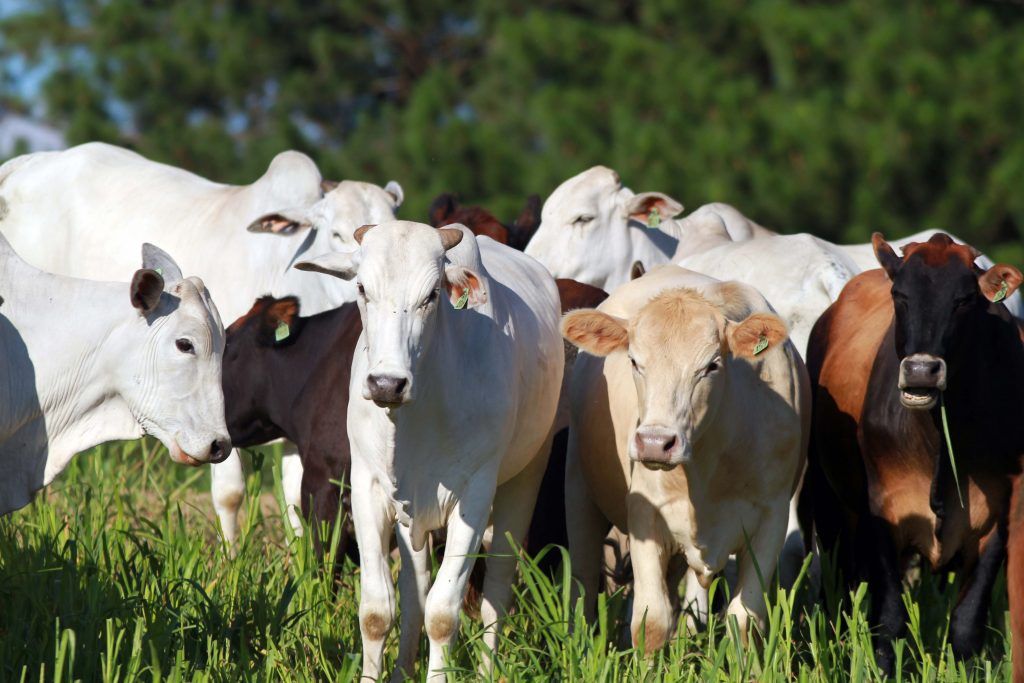The Brazilian agricultural sector is among the most productive and competitive in the world, according to the United States Department of Agriculture (USDA).
Data from the Food and Agriculture Organization of the United Nations (FAO) show that in 2021 Brazil was the world’s largest producer and exporter of coffee, soybeans and raw sugar cane. It is also the world’s leading exporter of boneless beef and chicken.
The agricultural sector, which accounted for about 6.8% of Brazil’s GDP in 2022, contracted by 1.7% in 2022, following a 0.3% expansion in 2021.
According to the Brazilian government, this contraction can be attributed mainly to adverse weather conditions that led to a decline in production in agriculture, offsetting positive contributions from livestock and fishing activities.
In 2022, agricultural exports accounted for about $158.9 billion, or 47.6 per cent of Brazil’s total exports, compared with $120.5 billion or 42.9 per cent of Brazil’s total exports in 2021.
Among the main exported products in 2022, soybeans accounted for 18.0 per cent of Brazil’s total exports; meats, 7.6 per cent; and forest products, 4.9 per cent.
Agricultural sector
The 2.9 per cent growth of Brazilian GDP in 2022 was mainly due, on the supply side, to anincrease in services (4.2 per cent) and industrial activity (1.6 per cent) – which together account for 90 per cent of GDP – and a contraction in agriculture and livestock (-1.7 per cent).
All service activities grew in 2022, with the strongest growth in «other activities» (11.1 per cent), followed by «transport, storage and postal services» (8.4 per cent), continuing the recovery experienced in 2021 after the Covid-19 pandemic.
In the industrial sector, the highlight was the performance of the utilities sector (10.1%), which had lower rates during 2022.
On the demand side, household consumption (4.3% growth) was the main driver of GDP growth.
Gross fixed capital formation (0.9 per cent) and public consumption (1.5 per cent) also grew.

